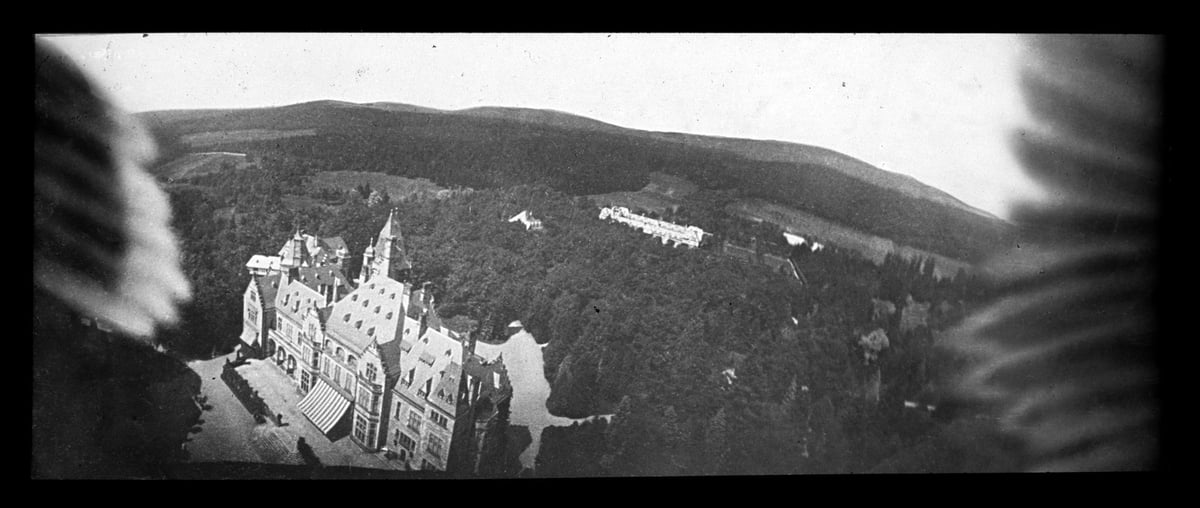The Pigeon Photographer: Aerial photographs from the turn of the century

The New Yorker has some genuinely exciting early aerial photographs, taken by birds. They’re excerpts from a new book, The Pigeon Photographer, about Dr. Julius Neubronner.
Neubronner developed the pigeon camera for practical purposes. At first, he was simply hoping to track the flights of the birds in his flock. But his invention also represented a more sublime achievement. The images his pigeons captured, featured in “The Pigeon Photographer,” a recent book from Rorhof, are among the very early photos taken of Earth from above (the earliest were captured from balloons and kites) and are distinct for having the GoPro-like quality of channelling animal movement. That perspective that is so commonplace to us now, in which the rooftops stretch out before us as though they were made of a child’s blocks, and people crawl along like ants, was a rare sight when Neubronner took his pigeon pictures. The photos offered a glimpse of the world rendered pocket-size, as it eventually would be via a hundred types of new technology—by airplanes, or skyscrapers, or Google Earth.
But there’s also something a bit wild about the photos, precisely because they were taken by birds. Their framing is random and their angles are askew; sometimes a wing feather obscures the view. Pigeons are surely the most pedestrian of birds, but, looking at these oddly graceful photographs, or at Neubronner’s pictures of the birds looking stately and upright in their photo kits, they start to seem like heavenly creatures.
These pictures remind me quite a bit of the chapters in Paul Saint-Amour’s Tense Future on the relationship between aerial photography and modernist art. (I can’t recall if he mentions the pigeons or not.)





Stay Connected